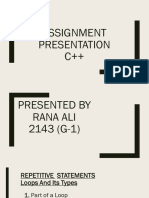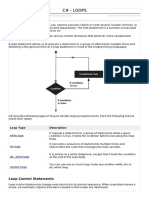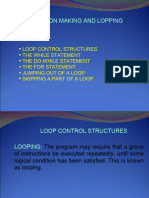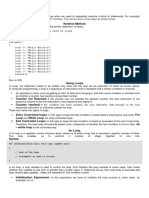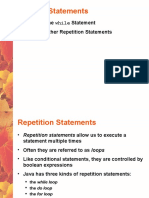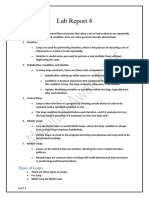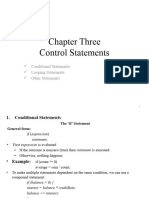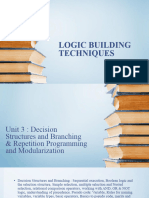0% found this document useful (0 votes)
43 views18 pagesLooping Construct C#
The document discusses loop constructs in C#, detailing their purpose and types, including for, while, do-while, and foreach loops. It also covers jump statements such as break, continue, goto, and return, explaining their functions in controlling program flow. Additionally, it highlights the concept of nested loops and the importance of conditions in loop execution.
Uploaded by
Arjun khanalCopyright
© © All Rights Reserved
We take content rights seriously. If you suspect this is your content, claim it here.
Available Formats
Download as PPTX, PDF, TXT or read online on Scribd
0% found this document useful (0 votes)
43 views18 pagesLooping Construct C#
The document discusses loop constructs in C#, detailing their purpose and types, including for, while, do-while, and foreach loops. It also covers jump statements such as break, continue, goto, and return, explaining their functions in controlling program flow. Additionally, it highlights the concept of nested loops and the importance of conditions in loop execution.
Uploaded by
Arjun khanalCopyright
© © All Rights Reserved
We take content rights seriously. If you suspect this is your content, claim it here.
Available Formats
Download as PPTX, PDF, TXT or read online on Scribd
/ 18

